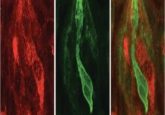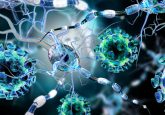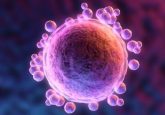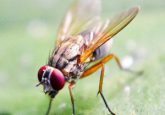Swimming to the rescue: mechanism behind neural regeneration uncovered
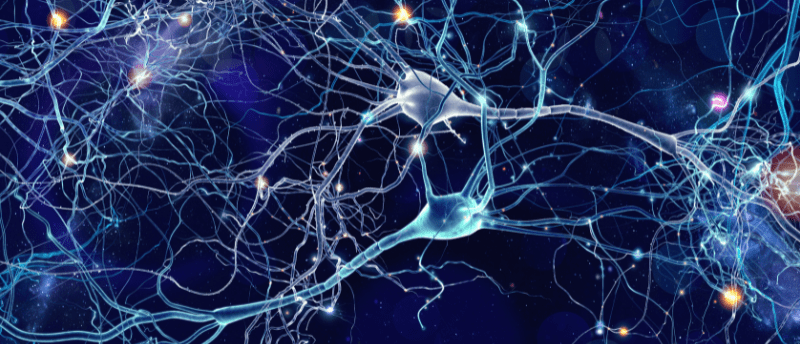
Researchers discover the collaborative mechanism between neurons and glia that drives the proliferation of neural stem cells following brain injury.
Traumatic brain injuries and strokes can lead to the long-term impairment of motor and cognitive functions as lost neurons are never replaced. The brain can produce new neurons with its reserve of neural stem cells but only a small fraction of these stem cells develop into neurons and even fewer will survive and re-populate the damaged area. So, glial cells will fill in the gaps, acting as the ‘glue’ of the nervous system.
A recent study by researchers at the Champalimaud Foundation (Lisbon, Portugal) looked at brain lesions in Drosophila flies and mice, discovering that neural stem cells sense injury and are recruited for tissue repair through a mechanism with glial cells. “These findings may be the first step towards developing drugs to promote the formation of new neurons following brain damage,” said Christa Rhiner, the study’s senior author.
The researchers looked at which molecules are only present in the area around the brain injury, and it was one called Swim that stood out. Swim is “a transporter protein that quite literally ‘swims’ across the tissue, helping molecules that normally act locally to spread out. Following a thorough investigation, we learned that Swim is critical for mounting a regenerative response to brain injury,” explained Anabel Simões, the first author of this paper.
 Hole in one: researchers demonstrate ketamine’s potential as an antidepressant
Hole in one: researchers demonstrate ketamine’s potential as an antidepressant
A study by researchers at Northwestern University Feinberg School of Medicine is the first to identify how ketamine works.
The researchers then determined the molecule that Swim transports; a known activator of neural stem cells in flies and mammals called Wg/Wnt.
“We found Wg in neurons in the damaged area, which is remarkable,” commented Simões. “It meant that the neurons themselves sense the tissue’s distress and respond to it by trying to send a wakeup signal to dormant neural stem cells.”
The researchers found that Swim was produced and secreted by a certain type of glial cell when oxygen levels drop in the injured brain area. A transporter then encapsulates Wg and takes it to the nearest neural stem cell to switch it on and kick it into action resulting in neuron proliferation.
The researchers hope to use this understanding to develop a way to boost neural regeneration following brain injury – once they verify that this mechanism is also present in humans. “Then we can begin thinking about translating these findings into therapies,” said Rhiner. “These results also prompt many follow-up questions that we are looking forward to investigating next. For instance, how can we help neurons survive in the tissue as it heals? It’s a fascinating journey and we’re excited to see what we will find next.”
